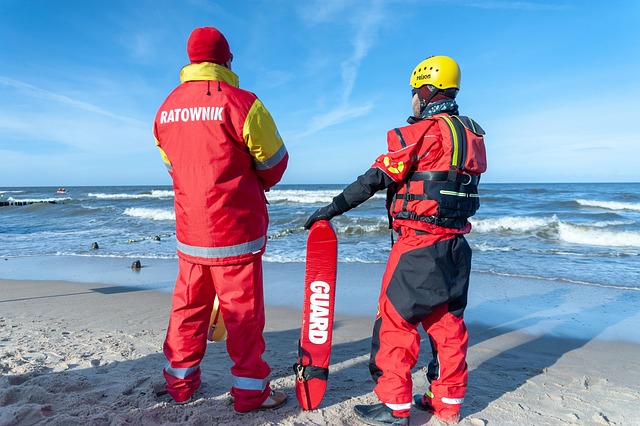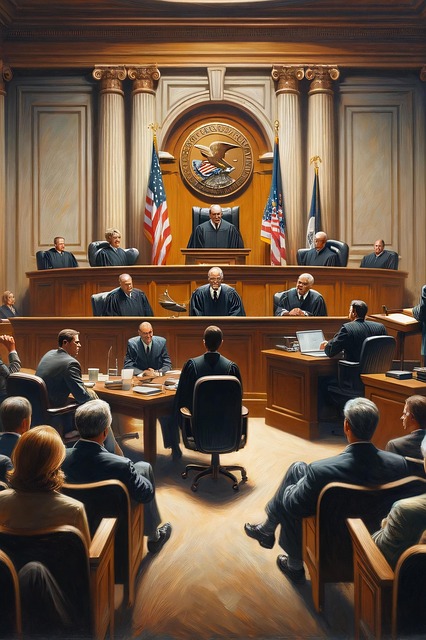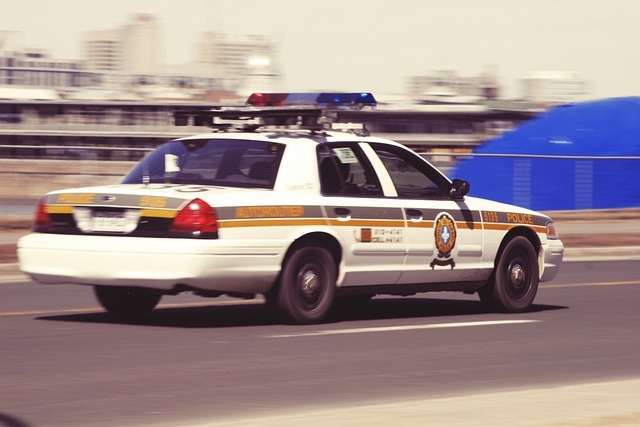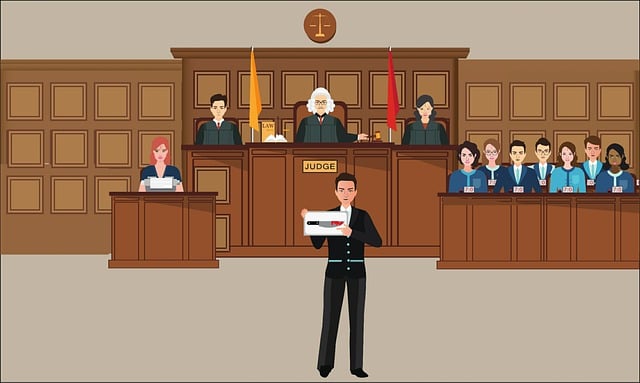The increasing frequency and severity of winter weather due to climate change has led to a surge in "icy sidewalk fall" personal injury lawsuits. Legal complexities involve property owner liability, snow/ice removal negligence, contractual obligations, and fiduciary duty breaches. Successful compensation requires establishing liability, thorough evidence review, expert opinions, and skilled negotiation. Property owners can reduce risk through proactive safety measures like regular inspections, prompt snow removal, efficient de-icing products, and proper drainage systems to comply with legal duties and protect visitor well-being.
In today’s digital age, navigating legal trends in icy sidewalk fall settlements is more complex than ever. As winter’s chill sets in, understanding the evolving landscape of liability and compensation becomes crucial for both property owners and individuals alike. This article delves into the rising complexities of icy sidewalk falls, exploring key legal aspects, compensatory measures, and preventative strategies to reduce risk. By scrutinizing these factors, we aim to equip folks with knowledge, fostering a safer and more informed environment.
- Icy Sidewalk Falls: Rising Legal Complexities
- Liability and Compensation in Slip and Fall Cases
- Preventative Measures: Reducing Risk for Property Owners
Icy Sidewalk Falls: Rising Legal Complexities

Icy sidewalk falls have long been a common source of personal injury lawsuits, but over time, the legal complexities surrounding these cases have risen significantly. As climate change continues to alter weather patterns, cold seasons now include more frequent and intense ice and snow, leading to an increase in slippery sidewalks. This trend has sparked a surge in icy sidewalk fall litigation, with plaintiffs seeking compensation for their injuries.
The rising complexity lies not only in the increased volume of cases but also in the diverse range of legal arguments being brought forth. Issues such as property owner liability, negligence in snow and ice removal, and even debates over contractual obligations are now at the forefront of these disputes. Commercial and employment disputes may arise when a business or employee is held responsible for a fall on icy premises, while fiduciary duty breaches can occur when property managers or landlords fail to meet their legal obligation of care.
Liability and Compensation in Slip and Fall Cases

In slip and fall cases stemming from icy sidewalks, establishing liability is paramount for determining compensation. Property owners or businesses have a duty of care to ensure safe access for pedestrians, which includes timely removal of ice and snow accumulations. Negligence on their part can lead to substantial financial awards if it’s proven that their actions (or lack thereof) directly contributed to an individual’s harm. These settlements often encompass medical expenses, lost wages, and pain and suffering damages, aiming to compensate victims for their injuries and associated setbacks.
When navigating these cases, a skilled car accident lawyer or auto accident attorney can play a pivotal role in advocating for the rights of individuals injured in icy sidewalk falls. They understand the legal nuances surrounding liability and compensation, ensuring that clients receive fair accident compensation. By meticulously reviewing evidence, gathering expert opinions, and negotiating with insurance companies, these legal professionals strive to achieve favorable outcomes, especially when dealing with complex scenarios where determining liability might be challenging.
Preventative Measures: Reducing Risk for Property Owners

Property owners have a legal obligation to maintain safe premises for visitors, especially addressing potential hazards like icy sidewalks during winter months. Preventative measures play a significant role in reducing the risk of icy sidewalk falls and associated injuries. This includes regular inspections and prompt clearing of snow and ice from walkways. Implementing robust maintenance schedules, employing effective de-icing products, and installing proper drainage systems can significantly decrease the likelihood of slippery surfaces.
By taking proactive steps, property owners can mitigate liability for icy sidewalk fall accidents. These measures not only ensure compliance with legal requirements but also demonstrate a commitment to visitor safety. This proactivity can help avoid costly settlements or lawsuits related to wrongful death or caregiver negligence arising from preventable accidents on their premises during cold weather conditions.
In conclusion, navigating legal trends in icy sidewalk fall settlements requires a nuanced understanding of liability, compensation, and preventative measures. As these cases become increasingly complex, property owners must prioritize safety measures to reduce risk while individuals affected by such falls have a clear grasp of their rights and available legal avenues. By staying informed about the evolving legal landscape, everyone can contribute to making icy sidewalk falls less prevalent and their resolutions more favorable.






